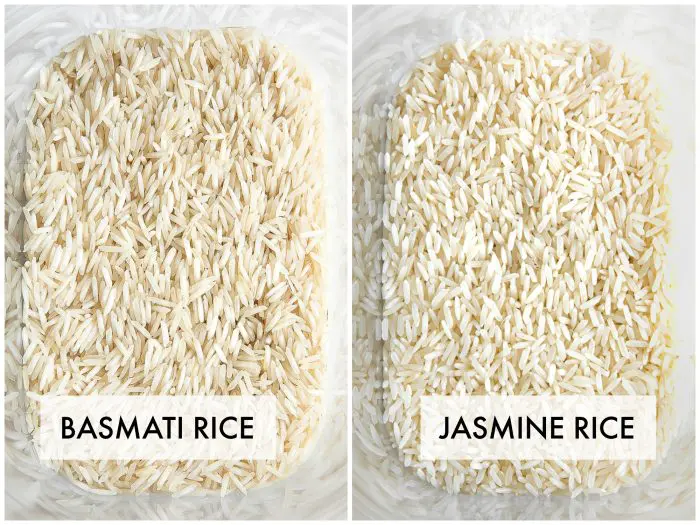Detailed Comparison of Basmati Rice vs Jasmine Rice

When it comes to choosing the perfect rice for your culinary creations, the battle between Basmati Rice vs Jasmine Rice is a common one. These two varieties offer distinct flavors, aromas, and textures that can significantly impact the outcome of your dish. In this detailed comparison, we delve into the characteristics of Basmati and Jasmine rice to help you make an informed decision for your next meal.
Basmati Rice: The Aromatic Grain
Origin and Cultivation
The Basmati Rice, known for its long grains and distinctive fragrance, hails primarily from the Indian subcontinent. The fertile plains at the foothills of the Himalayas provide the perfect conditions for cultivating this aromatic grain. The unique soil and climate contribute to the rice’s exceptional aroma and nutty flavor.
Grain Length and Texture
One of the key features of Basmati rice is its long grain, additionally, the Basmati Rice Price range varies from 40 Rs per kg to 110 rs and more. When cooked, these grains remain separate and fluffy, making it an ideal choice for dishes like veg-biryanis and pilafs. The delicate texture adds a luxurious touch to your meals.
Aroma Profile
The Hallmark of Basmati Rice is its enticing aroma, often described as nutty or popcorn-like. This aromatic quality can elevate the sensory experience of your dish, enticing diners with its irresistible fragrance.
Jasmine Rice: The Fragrant Delight
Origin and Cultivation
Jasmine rice, native to Thailand, is renowned for its subtly sweet aroma and slightly sticky texture. The rice paddies of Southeast Asia, particularly Thailand, provide the perfect environment for cultivating this fragrant delight.
Grain Length and Texture
The Jasmine Rice typically has a shorter grain compared to Basmati. When cooked, it tends to be moist and slightly sticky, making it an excellent choice for Asian dishes where a stickier texture is desired.
Aroma Profile
The distinguishing feature of Jasmine rice is its natural floral aroma. The fragrance is reminiscent of the sweet-smelling jasmine flower, adding a unique and pleasant dimension to your meals.
Comparative Analysis
Flavor Profile
- Basmati Rice: Arroz Basmati isNutty and aromatic, with a hint of earthiness.
- Jasmine Rice: Subtly sweet with a floral fragrance.
Ideal Culinary Applications
- Basmati Rice: Perfect for pilafs, and dishes where separate, fluffy grains are desired.
- Jasmine Rice: Well-suited for Asian cuisine, particularly Thai and Chinese dishes, where a slightly sticky texture enhances the eating experience.
Cooking Methods
- Basmati Rice: Best when soaked before cooking, often prepared using the absorption method.
- Jasmine Rice: Typically rinsed before cooking, commonly prepared using the steaming method.
Nutritional Content
- Basmati Rice: Lower in calories, suitable for those focusing on a calorie-conscious diet.
- Jasmine Rice: Slightly higher in calories but offers additional nutrients.

 Previous Post
Previous Post Next Post
Next Post